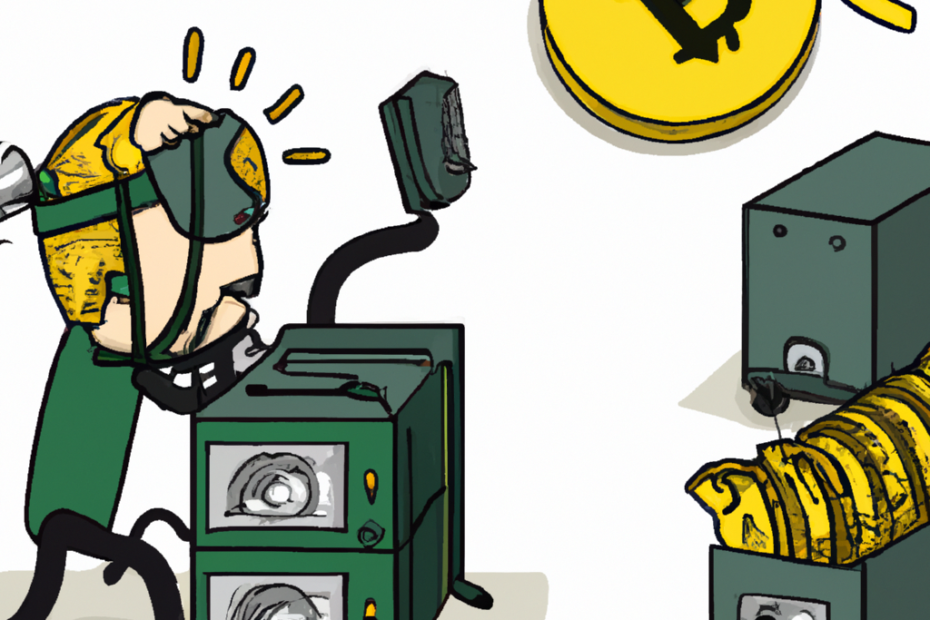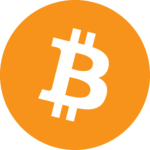Bitcoin mining is the process of verifying and adding transactions to the public ledger of the cryptocurrency, Bitcoin. The process involves solving complex mathematical algorithms and is carried out by specialized computer hardware called “miners”. The miner that first solves the algorithm is rewarded with newly minted Bitcoins and transaction fees.
In this article, we’ll provide a brief overview of Bitcoin mining, its purpose, and the process involved. We’ll also provide a short guide for anyone interested in getting started with Bitcoin mining.
Purpose of Bitcoin Mining
Bitcoin mining serves two main purposes:
- Verification of Transactions: Miners are responsible for verifying the authenticity of transactions on the network. They do this by solving complex mathematical algorithms and adding verified transactions to the public ledger, known as the blockchain.
- Creation of New Bitcoins: The reward for solving the algorithm and adding a block of verified transactions to the blockchain is the creation of new bitcoins. The reward for mining a block is currently 6.25 bitcoins, which is halved approximately every 210,000 blocks.
Process of Bitcoin Mining
The process of Bitcoin mining involves the following steps:
- Collection of Transactions: Miners collect unconfirmed transactions from the network and add them to their “block”.
- Solving of Mathematical Algorithm: The miner then solves a complex mathematical algorithm, also known as a proof-of-work. The algorithm is designed to be difficult to solve but easy to verify once solved.
- Adding of Block to Blockchain: If the miner is the first to solve the algorithm, the block is added to the blockchain, and the miner is rewarded with newly minted bitcoins and transaction fees.
- Verification of Transactions: The transactions included in the block are verified, and the blockchain is updated with the new information.
Short Guide for Bitcoin Mining
If you’re interested in getting started with Bitcoin mining, here’s a short guide to help you get started:
- Choose a Mining Rig: The first step is to choose a mining rig, which is the computer hardware that will be used to solve the mathematical algorithms. There are several different types of mining rigs, including ASICs (Application-Specific Integrated Circuits) and GPUs (Graphics Processing Units).
- Join a Mining Pool: Joining a mining pool is recommended as it increases your chances of solving the algorithm and earning rewards. A mining pool is a group of miners who combine their computing power to increase their chances of solving the algorithm and earning rewards.
- Install Mining Software: Once you have a mining rig and have joined a mining pool, you’ll need to install mining software. This software will connect your mining rig to the network and the mining pool, and it will also allow you to monitor your progress.
- Start Mining: After the software is installed, you can start mining. The software will automatically begin solving the algorithm, and you’ll start earning rewards if your mining rig is the first to solve it.
In conclusion, Bitcoin mining is a crucial part of the Bitcoin network and is responsible for verifying transactions and creating new bitcoins. The process of mining can be quite complex, but there are several resources available to help you get started, including guides and forums. If you’re interested in getting involved in Bitcoin mining, it’s important to do your research and understand the risks involved.

